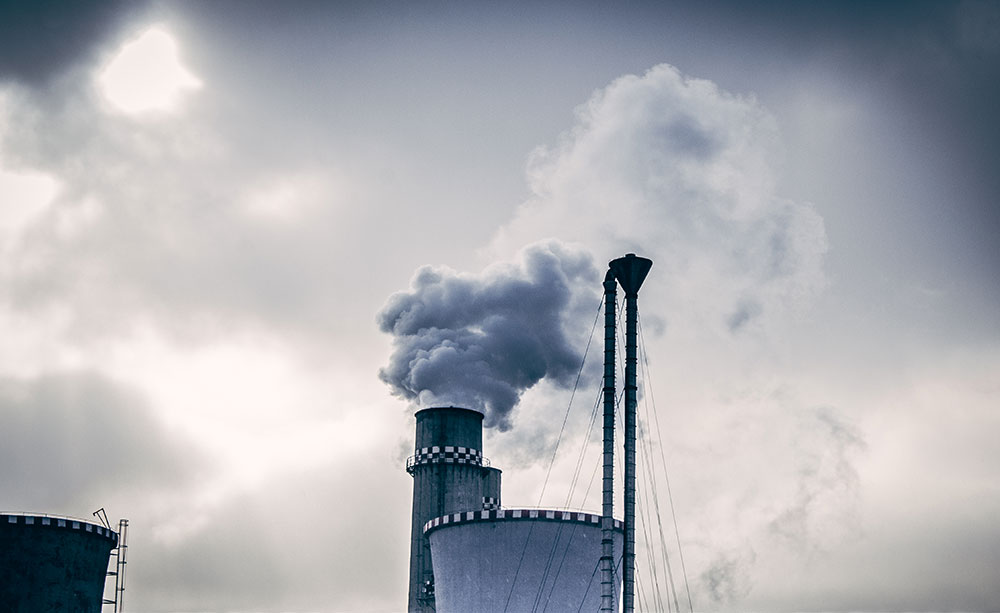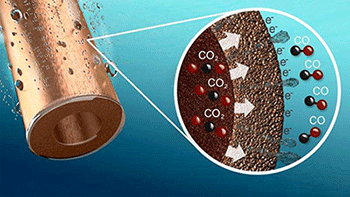By: Pep Canadell, CSIRO; Corinne Le Quéré, University of East Anglia; Glen Peters, Center for International Climate and Environment Research – Oslo, and Rob Jackson, Stanford University
 For the third year in a row, global carbon dioxide emissions from fossil fuels and industry have barely grown, while the global economy has continued to grow strongly. This level of decoupling of carbon emissions from global economic growth is unprecedented.
For the third year in a row, global carbon dioxide emissions from fossil fuels and industry have barely grown, while the global economy has continued to grow strongly. This level of decoupling of carbon emissions from global economic growth is unprecedented.
Global CO₂ emissions from the combustion of fossil fuels and industry (including cement production) were 36.3 billion tonnes in 2015, the same as in 2014, and are projected to rise by only 0.2% in 2016 to reach 36.4 billion tonnes. This is a remarkable departure from emissions growth rates of 2.3% for the previous decade, and more than 3% during the 2000s.
Given this good news, we have an extraordinary opportunity to extend the changes that have driven the slowdown and spark the great decline in emissions needed to stabilise the world’s climate.
This result is part of the annual carbon assessment released today by the Global Carbon Project, a global consortium of scientists and think tanks under the umbrella of Future Earth and sponsored by institutions from around the world.





